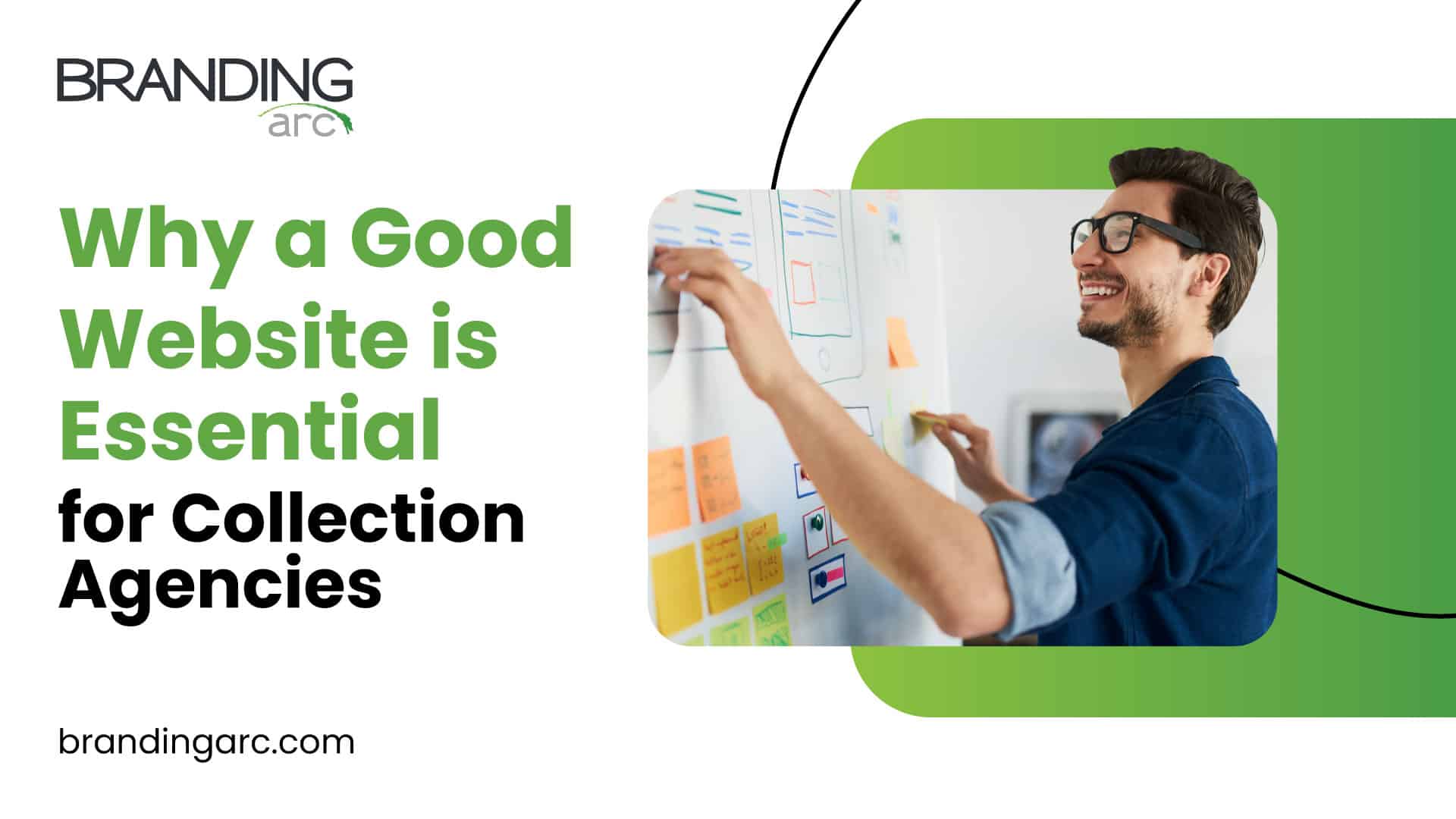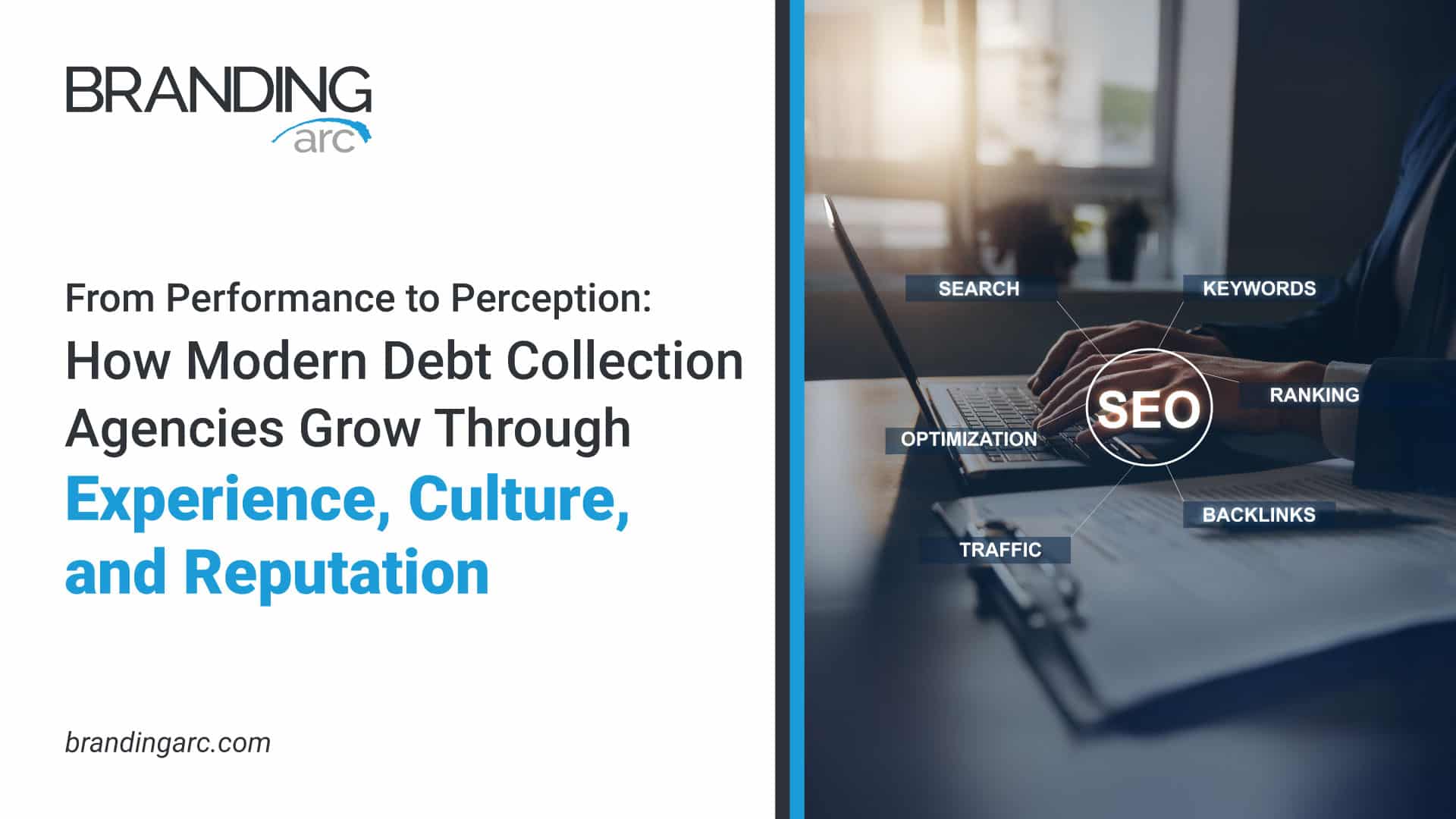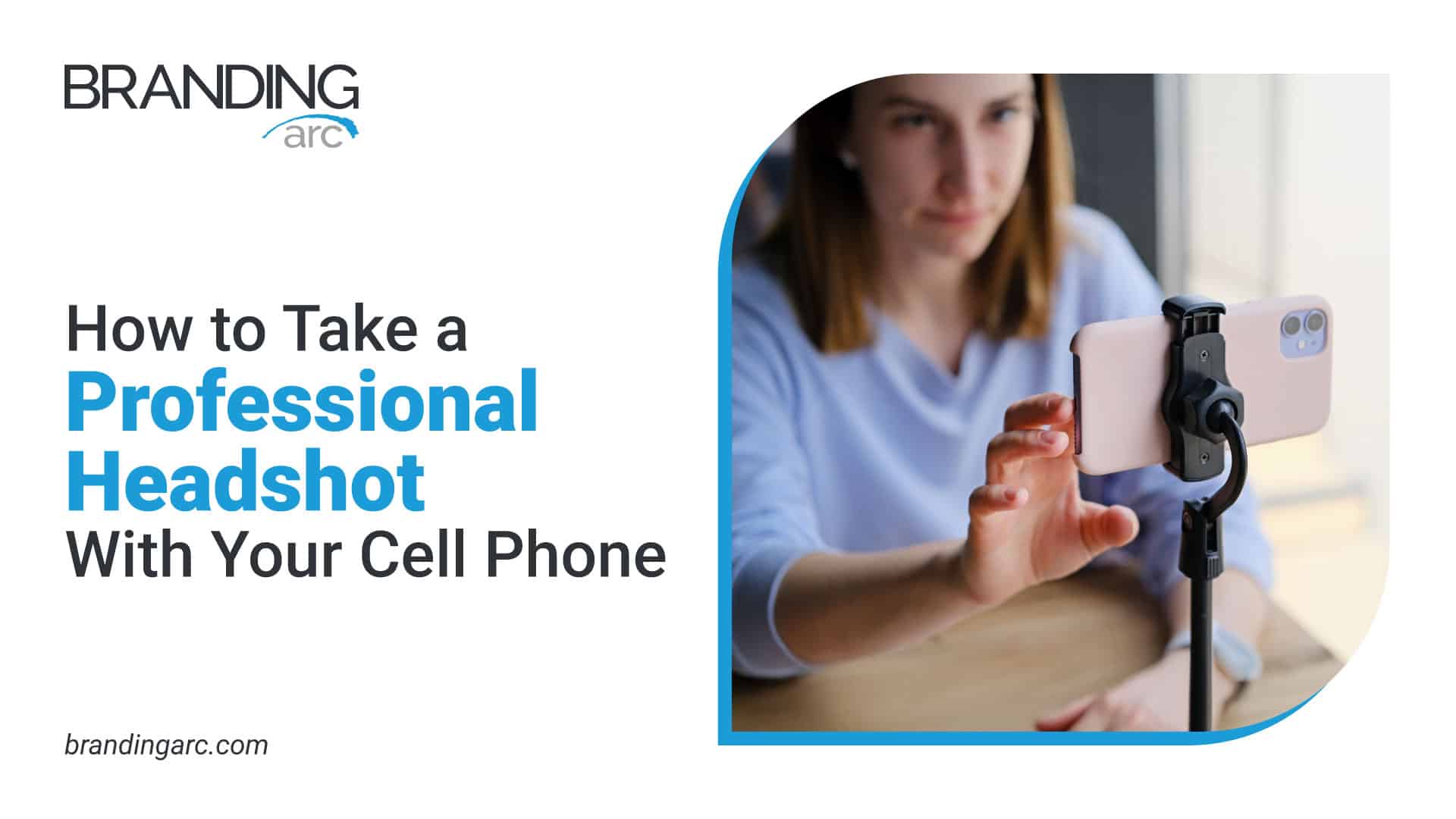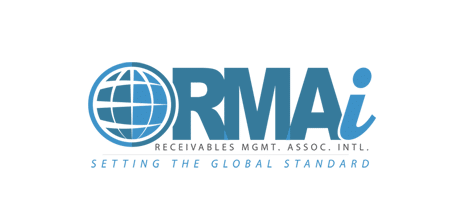Why a Good Website is Essential for Collection Agencies

How can your collection agency stand out as a beacon of professionalism and efficiency? In an era where the first interaction is often digital, a well-constructed website acts as the foundation for credibility and success. In this blog, we will explore the critical elements that make a website an invaluable asset for collection agencies. From SEO value to consumer preferences, brand protection, online payments, and beyond, we’ll explore how a good website paves the way for fruitful relationships with both consumers and creditor clients.
1. A good website provides SEO value
Search engine optimization (SEO) is the compass that navigates your collection agency through the crowded online marketplace, pinpointing your destination as a go-to resource. By optimizing your website, you chart a course that drives both relevance and authority, ensuring you stand out.
Here’s your concise SEO toolkit:
- Targeted keywords: Identify specific search terms your consumers may be looking for and use them to climb the search rankings.
- Quality content: Publish substantial, insightful content to foster credibility and drive thought leadership.
- Authority building: Establish a trusted, resourceful online presence by generating high-value backlinks while optimizing your website structure and user experience.
2. Consumer preferences and convenience
Today’s consumers are like experienced time traders; they are meticulous about where they invest their minutes and seconds. For collection agencies, aligning services with consumer preferences and offering convenience is not just polite—it’s expected. It’s crucial to have your website operate as a finely-tuned engine, ushering visitors through with ease and efficiency, and demonstrating that you hold their time in high regard.
Here’s a professional agenda to meet consumer expectations:
- Streamlined interface: Ensure the website is intuitive and easy to navigate, reflecting efficiency.
- Prompt responses: Make it easy to quickly communicate by providing easy-to-locate contact details, such as a chatbot for frequently asked questions.
- Personalization: Provide options that cater to individual preferences, reinforcing attention to detail and consumer-centric service.
3. Protect your brand and online reputation
In the collection industry, where your reputation can be as fragile as glass, brand protection is like reinforcing that glass with a shield. Having an authoritative and transparent website allows you to control the narrative around your brand, ensuring that you are a reliable source of information about your agency. In doing so, you fend off misrepresentation and build a fortress of credibility.
A two-pronged approach for brand protection:
- Authentic information: Provide accurate and up-to-date information on your website to build a repository of truth about your services.
- Proactive engagement: Monitor and engage in conversations surrounding your brand, ensuring that your side of the story is always represented.
4. Online payments
As we zoom through the digital age, currency notes are taking the back seat, and online payments are seizing the wheel. For collection agencies, integrating secure online payment options on your website leads clients directly to hassle-free settlements. Make sure to offer alternative payment options. This not only accommodates diverse preferences but also signals adaptability and a consumer-centric approach to your operations.
Essential considerations for online payments:
- Seamless integration: Ensure the payment gateway is seamlessly integrated, making transactions as simple as a few clicks.
- Diverse options: Offer a range of payment alternatives such as credit cards, e-wallets, and bank transfers, catering to different preferences.
- Security: Prioritize top-notch security measures to safeguard client information and foster trust in your payment system.
5. Email and text opt-ins
In an era where communication is the heartbeat of relationships, collection agencies must keep their pulse strong and steady. Incorporating options for customers to opt into email and text notifications through your website allows them to remain in touch. You can then provide essential updates and cultivate a long-lasting connection. It signals you’re not just about transactions; you’re about interactions and staying interlinked.
Pivotal elements for email and text opt-ins:
- Accessibility: Make the opt-in process accessible and simple through your website.
- Customization: Allow customers to tailor the kind of notifications they receive.
- Engagement: Use these channels for meaningful engagement, keeping lines of communication open and vibrant.
6. Complaint and dispute information
In the collections industry, efficiently addressing complaints and disputes is paramount. A website that clearly provides channels to raise complaints and disputes reflects an organization’s commitment to transparency, responsiveness, and fairness. It signals to consumers the agency is not only receptive to their concerns but is actively invested in finding equitable resolutions. This positive engagement can significantly bolster the agency’s reputation and foster trust among clients and consumers.
Key factors to consider:
- Visibility: Make sure the pathways for lodging complaints and disputes are clear and easy to find on your website.
- Responsiveness: Implement a system that guarantees prompt and constructive responses to consumer concerns.
- Resolution-oriented approach: Handle each complaint or dispute with an objective and balanced approach, focusing on finding resolutions fair to both sides.
7. Instant validation
When consumers get a call or a letter from a collection agency, it’s like getting a knock on the door from a stranger. Their first instinct? To check if you’re someone they should let in. A professionally designed website allows you to set a good first impression that says, “Hi there, we’re real and we’re here to help.”
A to-do list for instant validation:
- A clean design: Make sure your website looks clean, professional, and trustworthy.
- Transparency: Your agency’s name, contact information, and services should be clearly visible. This tells visitors they’ve come to the right place.
- Availability: Make sure your hours of operation are clearly shown, indicating you are ready to discuss customer concerns.
8. Building trust with creditors
In the professional sphere, particularly in collections, credibility is currency. Your website serves as a pivotal tool in building trust with creditor clients. It functions as a showcase for your agency’s achievements, certifications, and industry engagement. A well-structured and informative website communicates professionalism, expertise, and reliability, serving as an asset in establishing and maintaining relationships with creditors.
Key components to focus on:
- Highlight achievements and certifications: Prominently display your agency’s accolades and qualifications to demonstrate industry competence.
- Provide company updates: Regularly share company news and industry engagements to establish your agency as an active and informed entity.
- Feature client testimonials: Include endorsements from satisfied clients to reinforce the credibility and reliability of your services.
9. Accessibility options
When it comes to websites, accessibility is like holding the door open for everyone. It’s not just about complying with ADA guidelines; it’s about making sure no one has to struggle to get through. Inclusivity should be as fundamental as the foundation of a building. An accessible website tells every visitor, “Come on in, we’ve got you covered,” no matter their abilities.
What to keep in mind for accessibility:
- Following rules: Keep up with ADA guidelines and make sure your website checks all the boxes for accessibility standards.
- Considering the user: Make your site user-friendly for all by incorporating features like screen reader compatibility, keyboard navigation, and descriptive text for images.
- Remain adaptable: Continuously evaluate your website and make improvements so that your virtual doors are always as open as they can be.
10. Connecting with local businesses
Local businesses are keen on trust and convenience. Your website should speak their language. It needs to say, “We understand the community and are here to offer the services you need.” Be the solution for local businesses by crafting a website that’s approachable, professional, and embedded in the community ethos.
Essential elements to connect with local businesses:
- Community engagement: Display information about your involvement in local events and initiatives to reinforce your commitment to the community.
- Streamline communication: Present straightforward contact options and encourage local businesses to reach out for collaboration and services.
- Local SEO: Implement local keywords and area-specific content to ensure your website appears when local businesses search for collection services.
Conclusion: The pivotal role of a well-constructed website
Having a polished and functional website is the keystone that supports the arch of success for collection agencies. It is not just about keeping up with the times; it is about actively engaging with both creditors and consumers, establishing credibility, and streamlining operations.
A good website is a testament to an agency’s commitment to excellence, transparency, and customer service. It is your 24/7 representative that does not rest, continually serving, informing, and connecting with essential stakeholders.
With the increasingly digital trajectory of business interactions, now is the time for collection agencies to invest thoughtfully in their web presence. It’s not just building a website; it’s constructing a gateway to opportunities.
About Branding Arc
Located in Port Saint Lucie, FL, Branding Arc is a full-service marketing agency focused on providing website, marketing, and reputation management services to the receivables management and financial services industries. The team is composed of communications and branding experts who listen to clients’ visions, learn their stories, and apply that understanding to help each client position their brand, find new customers, and manage their online reputation. Branding Arc customizes each client engagement ranging from simple one-time projects to marketing department outsourcing, adeptly handling creative direction, graphic design, programming, and project management. By closely monitoring the marketplace and competition, the team identifies trends and leverages opportunities that drive bottom-line revenue for clients.









